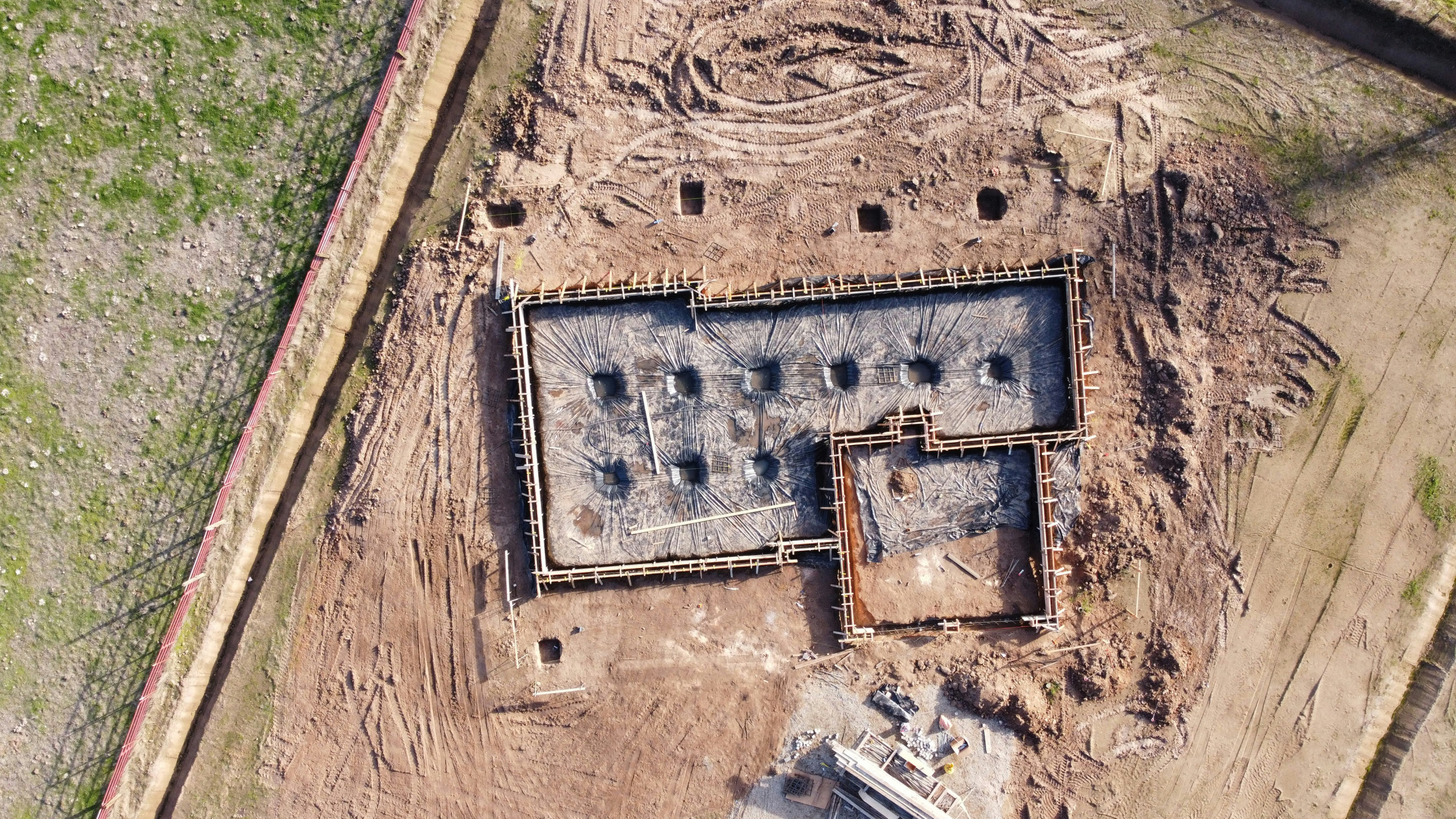by Luke Cronin
Share
by Luke Cronin
Share

Welcome back to our Foundation Design month! This week, we’re delving into the world of spread foundations, shedding light on this fundamental aspect of structural engineering that forms the bedrock of countless buildings. So, what exactly are spread foundations, and why are they so crucial in the realm of structural design?
What is a Spread Foundation?
At its core, a spread foundation, also known as a spread footing or spread footing foundation, is a type of shallow foundation that distributes the load of a structure over a wider area of soil. This wider distribution helps to prevent excessive settlement, ensuring the stability and integrity of the building above.
Uses of Spread Foundations
Spread foundations find application in various construction projects, from residential homes to commercial buildings and industrial structures. They are particularly well-suited for structures with relatively low loads or where soil conditions allow for shallow excavation.
Advantages of Spread Foundations
One of the primary advantages of spread foundations lies in their simplicity and cost-effectiveness. Unlike deep foundations such as piles or caissons, spread footings require less excavation and are generally easier to construct, reducing both time and labor costs. Additionally, their widespread use and familiarity make them a preferred choice for many construction projects.
Disadvantages of Spread Foundations
While spread foundations offer numerous benefits, they are not without their drawbacks. In instances where soil conditions are poor or where the load-bearing capacity of the soil is insufficient, spread footings may not provide adequate support, leading to settlement issues or structural instability. Additionally, in regions prone to expansive soils or frost heave, special precautions may be necessary to mitigate potential damage to the foundation.
Materials Used in Spread Foundations
Spread foundations are typically made of reinforced concrete or masonry, providing the necessary strength and durability to support the structure above. The choice of material depends on various factors such as the structural design requirements, soil conditions, and local building codes.
Cost Considerations
The cost of a spread foundation can vary depending on factors such as the size of the structure, soil conditions, and the complexity of the design. Generally, spread footings are more cost-effective compared to deep foundations, making them an attractive option for many construction projects.
Conclusion
Spread foundations serve as the unsung heroes of the built environment, providing the stable platform upon which our structures stand. From residential homes to towering skyscrapers, these simple yet indispensable elements play a critical role in ensuring the safety and stability of our built environment. So, the next time you marvel at a towering building or retreat to the comfort of your home, take a moment to appreciate the humble spread foundation beneath your feet.

